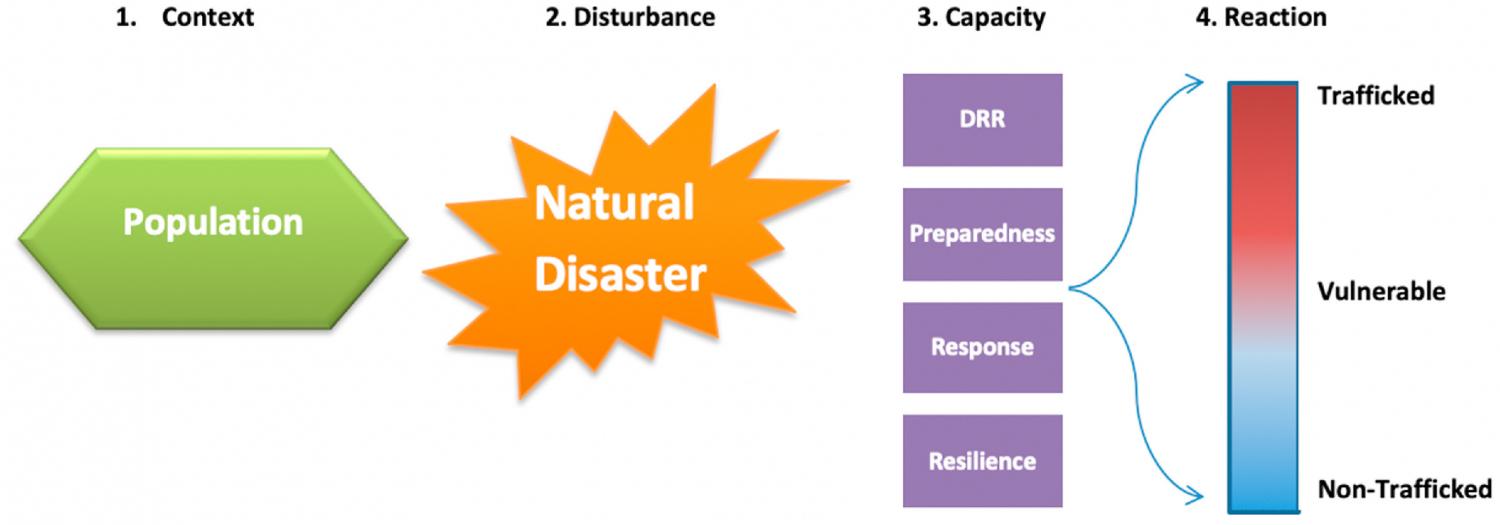
Elsevier, International Journal of Disaster Risk Reduction, Volume 60, 15 June 2021
Thailand's flood of 2011 was devastating for the communities and inhabitants of the country, affecting approximately 13 million people and causing damages totaling THB 1.43 trillion (46.5 billion USD). The presence of a natural hazards disaster such as this can magnify individuals' vulnerability to human trafficking, or mitigate it depending on the disaster risk reduction practices of the surrounding community. The Sendai Framework is the United Nations Office for Disaster Risk Reduction's international framework for these situations, outlining targets and priorities for action to reduce negative outcomes, such as trafficking, from natural events. This study aimed to understand how a disaster risk reduction and preparedness lens, based on the Sendai Framework, in the context of the humanitarian response to this 2011 flood, could inform human trafficking prevention efforts for future disasters. Qualitative methodology, utilizing a content analysis approach, was employed. It was found that migrant workers and children were at the greatest risk for trafficking, and resiliency efforts by communities and families, in conjunction with coordinated initiatives by NGOs and the government, were essential in preserving individuals' well-being. Further, the Sendai Framework is a promising tool to address these areas of disaster response in which the windows of opportunity for traffickers can be closed and those at high trafficking risk can be protected. As disasters continue to occur, there remains a strong need to bring forth a more systematic disaster risk reduction and resilience-enhancing approach to trafficking prevention.
